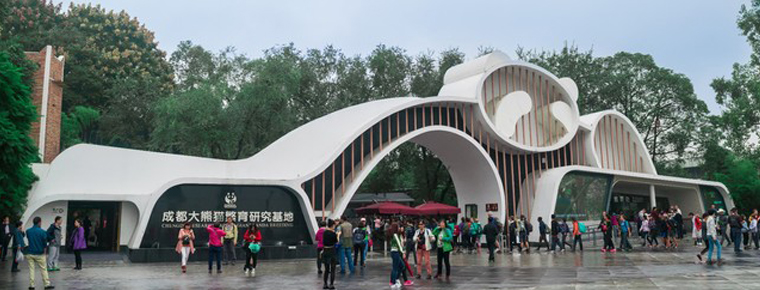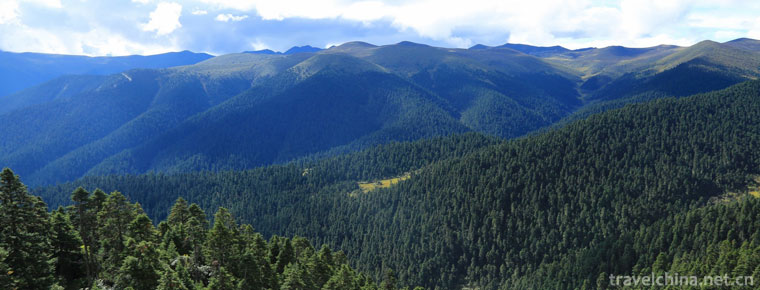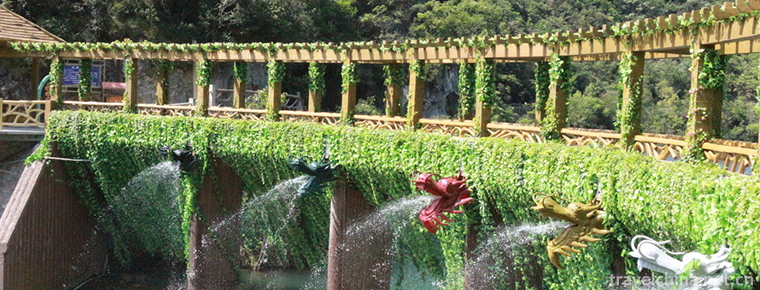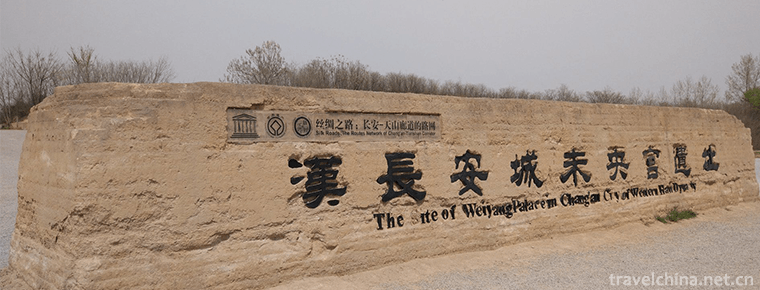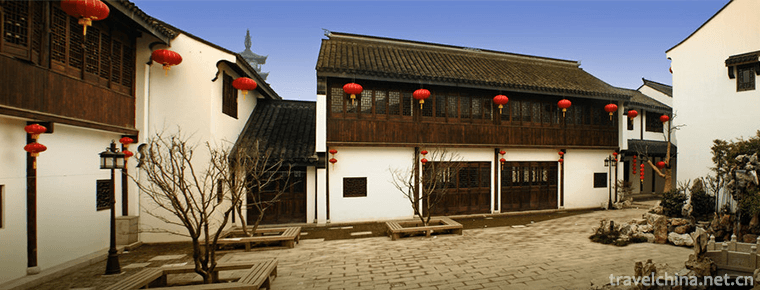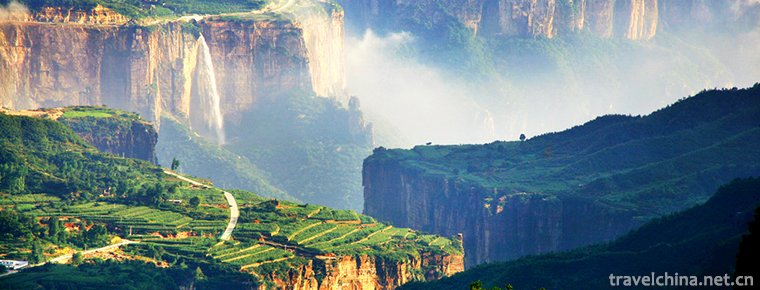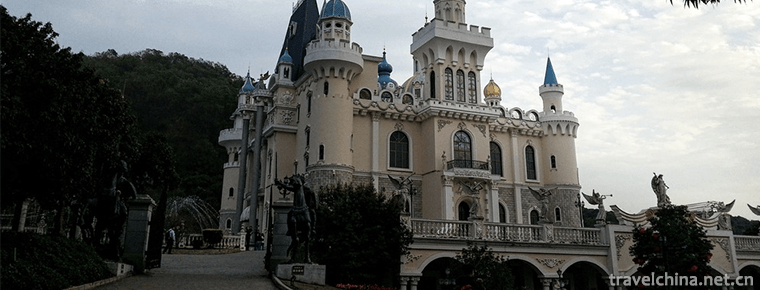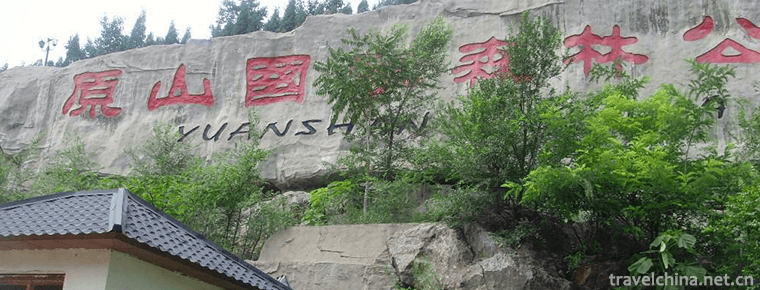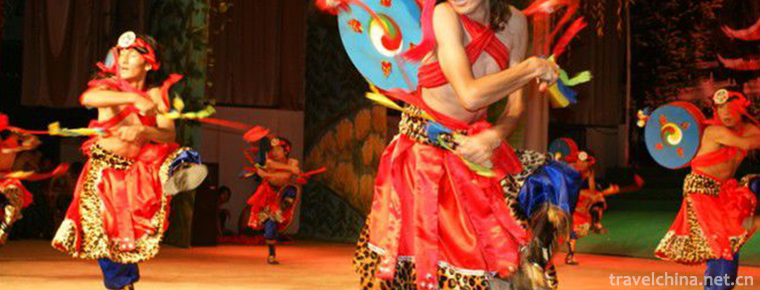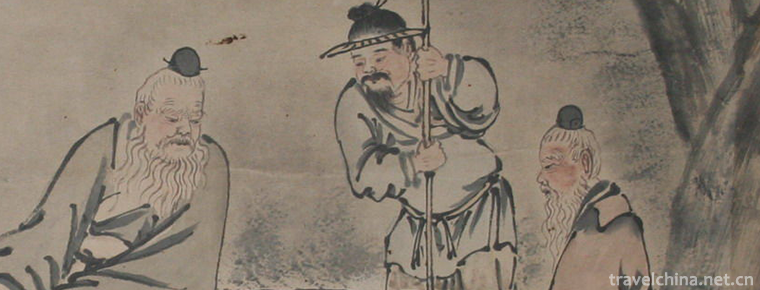Quanzhou breast clapping dance
Quanzhou breast clapping dance
Breast-clapping dance, also known as chest-clapping, seven beats, flower-clapping and beggar dance, is a traditional dance originating in Quanzhou, Fujian Province. It is widely spread in Quanzhou counties and districts along the southern coast of Fujian Province, as well as in Zhangzhou, Xiamen, Taiwan and other areas. Especially in Quanzhou, the "breast-clapping dance" can be seen everywhere, ranging from major cultural activities organized by the government, large-scale literary and artistic street-stepping, small gatherings and celebrations held by various departments and units, celebrations held by local people in the villages of Lixiang, and wedding and funeral celebrations of ordinary people's families. "Breast-clapping Dance" has become the most common, typical and representative traditional folk dance in Quanzhou and southern Fujian.
Quanzhou breast-clapping dance is one of the most representative traditional folk dances in Fujian, and it is a relic of the ancient Minyue dance. In 2006, it was listed in the first national intangible cultural heritage protection list.
origin
"Pat chest dance" is a male dance. The dancers wear straw rings on their heads, barefoot and bare upper body. The main dance movements are crouching steps. The hands clap hands, clap front chest, both sides and legs in turn. When they are high and agitated, they clap their feet repeatedly and flush their chest, flank and whole body vigorously. When they are relaxed and free, they touch their chest, turn their hands over, twist their waists and hips, move round and humorous, lively and interesting.
Breast-clapping dance is known as "Oriental disco", a historical relic of Minyue dance and a living fossil of traditional folk culture in southern Fujian with special historical and cultural value.
Introduction to History
Breast-clapping dance has a long history and is widely spread. Dancers of different regions, environments and identities often form their own dance styles with different characteristics. As in the old days, beggars danced "breast-clapping dance" and "breast-clapping dance" mostly nude. In cold weather, they often need to use alcohol to drive away the cold. The dances between the drunken and hot ears are exaggerated, large-scale, even can jump up and lie on the ground. The steps, movements and rhythm are also complex and changeable. Over time, a unique style of "drunk breast-clapping" has been formed.
The origin of "breast-clapping dance" is comprehensively investigated from the aspects of dance species distribution, style characteristics and costume props. It is a legacy of the ancient Minyue aboriginal dance in Quanzhou and southern Fujian.
"Breast-clapping dance" prevails in Quanzhou and spreads in Fujian and Taiwan. There is no unique distribution of "breast-clapping dance" in other areas. However, in the vast minority areas of the southern ancient Baiyue ethnic group, which is in the same historical period and geographical scope as the ancient Fujian and Yue ethnic groups, it is not uncommon to see dances similar to "breast-clapping dance". For example, in the dances of Li and Gaoshan nationalities, we can see the same "four strokes" of beating the chest and legs as "breast-clapping dance". The most typical example is the traditional Tujia dance "Meat Ring" performed by Wu Xingfu, an inheritance artist of the Tujia nationality in Western Hubei Province. Its rhythmic characteristics of "beating forehead, shoulder, arm, elbow, threat, crotch, leg and foot with the palm and making continuous rhythmic sounds" (see Dance Message of the 5th August 1992 edition of Huang Ru's "The world is unique - Meat Ring") are almost "breast-beating dance" with Quanzhou. Run in the same groove.
Characteristics
"Breast-beating Dance" is barefoot and has no music accompaniment. It emphasizes beating the sound rhythm with the body. On the one hand, it reflects the rhythm characteristics of the dance itself. On the other hand, it is also used to coordinate group movements and make the dance atmosphere noisy. It better preserves the rugged and primitive folk dance legacy of the ancient Minyue dance. The "breast-clapping dancers" wear a special straw hoop on their heads. Its traditional production method is to weave a red cloth strip and straw into a long strip, forming a straw circle, and leave a 10-20 cm long upward tilted top like a snake's head in front of the straw circle joint, and make the mixed red cloth strip just appear on the top of the snake's head, like a snake's vomiting letter. Snakes are totem worshippers of the ancient Fujian and Yue nationalities, which can be retained in the "breast-clapping dance" and coiled high on the head of the "breast-clapping dance". They have remained unchanged for thousands of years. So far, we have been able to appreciate the ancient, solemn, orderly, intoxicating and moving scenes and dance remains of the ancient Fujian and Yue totem sacrificial dance.
The dance and music later flowed into the folk and spread widely. Nowadays, most of the dances around the world are accompanied by "32,000 gold" music, "beggar dance" has become another nickname of "breast dance". The legend of "breast-clapping dance" originated from the Southern Opera of Song and Yuan Dynasty, Zheng Yuanhe, which was considered to be the source of "breast-clapping dance" for a long time.
On behalf of artists
With the development of the times and the continuous summary, enrichment and innovation of a group of representative artists, the action of "clap chest dance" has developed from the initial and most field basic action "hit seven sounds", to clap shoulder, arm, chest, threat, elbow, leg, foot and other parts, and created a new set of dance action combination. Since the liberation of southern Fujian and Quanzhou, the most representative "breast-clapping dance" artists mainly have the following three people:
Guo Jinsuo
Guo Jinsuo is a member of Fujian Song and Dance Troupe and Provincial Art School. Born in Guanqiao Town, Nan'an County, Quanzhou in 1936. Childhood family changed and became a beggar. Since the age of 7, he has studied art with folk artists Guo Shan and Wu Xiaozeng, and mastered various traditional folk dances. Its "breast-clapping dance" combines many styles, including "eight strikes", "joyful steps", "cockfighting steps", "rain strides", "adult steps", "Li Tiebai", "tumbler", "spider steps" and "cricket jump".
Eugene Man
Eugene Man, a teacher of Xiamen Art School, was born in Anhai, Quanzhou in 1924. In 1936, he participated in the study of "Chegu" in Anhai "Goddess Palace" and successively learned various folk dances from Li Yong, Cai Zhenquan and other veteran artists, engaged in folk dance performances and teaching creations, and has never stopped. Its "breast-clapping dance" combines the charm of local opera, delicate and beautiful. The main action combinations are: rat chase, centipede exhibition, warming jump, short step, wheel, frog mosquito sweep, cock fight, good money view, etc.
Qiu Jianying
Qiu Jianying, born in Quanzhou City in 1930, was a newsboy when he was young. He often followed the "beggar clapping team" and was able to dance. Folk dance was extensively studied after that. Since the 1950s, people began to pay attention to "breast-clapping dance" to inherit new ideas and make achievements. Its "breast-clapping dance" style is rugged and humorous, and its main action combinations are "clapping echo", "jade donkey's step", "golden chicken independence", "toad out of the hole", "half moon oblique shadow", "big and small chicken line" and so on.
In 1959, dancers in Quanzhou first took "breast-beating dance" as the material to create dance "Field Music" to participate in provincial and national literary and artistic performances; in 1985, the provincial Liyuan Theatre Troupe took "Zheng Yuanhe-breast-beating dance" to Japan to participate in the "Asian National Music and Dance Festival" exchanges; in 1992, the peasant "breast-beating dance" teams from Licheng District of Quanzhou participated in the "Tianjin Square Dance Competition". And "Shenyang International Yangko Festival" won the prize.
Related performances
In the performances held by the World Tong'an Festival, the breast-clapping dancers are as strong as mountains, rough and bold as ever, making people feel powerful in every move. The breast-clapping dance is a male dance. The dancers wear straw rings, barefoot and barefoot. The main movement is crouching step. The hands beat the chest, flank, leg and palm in turn, cooperating with the happy and self-satisfied upside, and changing the rhythm and range flexibly with the change of dance environment and mood.
Tong'an chest dance performances are often accompanied by Suona, flute, strings, pipa, three strings, gongs and drums, gongs and drums, and double-touch bells. Some accompaniments of breast clapping dance only use big sonar and hall drum. When the movement and mood are gentle, the drum beats little or taps along the rhythm. When the movement mood is warm, the drum pounds and joins the bright and exciting melody of big sonar, which shows the original consciousness and emotion of human survival and struggle between heaven and earth.

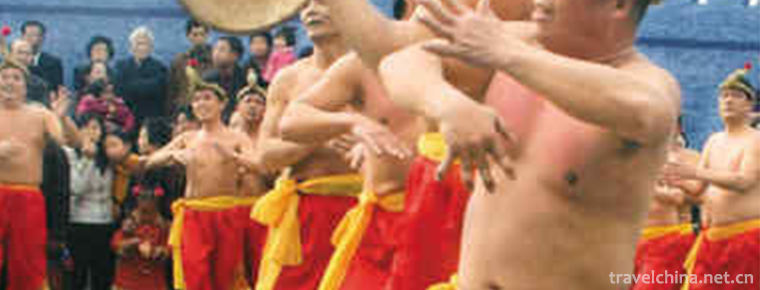
-
Chengdu Panda Base
No. 1375 panda Road, Chenghua District, Chengdu city, Sichuan province.
Views: 223 Time 2018-09-28 -
Wulong River Scenic Spot
Wulong River Tourism Scenic Area will soon be promulgated as a national scenic spot and a national natural forest reserve. The main river in the scenic spot is Wulong River.
Views: 150 Time 2018-12-22 -
Weiyang Palace Site in Changan City Han Dynasty
The site of Weiyang Palace in Chang'an City of Han Dynasty, located in the southwestern part of the site of Weiyang District, Xi'an City, Shaanxi Province, was built in the seventh year of Han Gaozu (.
Views: 124 Time 2019-01-13 -
Zhou Qiao old street
Zhouqiao Old Street is a national AAAA tourist attraction. The old street of Ximen in Jiading is located on the west side of Bole Square in downtown Jiading.
Views: 165 Time 2019-01-21 -
Linzhou Taihang Grand Canyon Scenic Area
Taihang Grand Canyon Scenic Area is located in Linzhou City, northwest of Henan Province, on the eastern foot of the southern Taihang Mountains. It is 100 miles long in the north and south.
Views: 266 Time 2019-01-30 -
Dongguan Longfeng Villa Film and Television Resort
Longfeng Villa Film and Television Resort officially opened on April 18, 2005. Since its opening, it has developed from a single tourist attraction into a large-scale theme wedding dress shooting base.
Views: 258 Time 2019-02-03 -
Yuanshan National Forest Park
Yuanshan National Forest Park is located in the southwest of Boshan District, Zibo City, Shandong Province. It was established in 1992 with the approval of the Ministry of Forestry..
Views: 163 Time 2019-03-09 -
Baron drum dance
Balang is inspired by the intangible cultural heritage of Gansu Province. Tibetan is called "Sham Dance", "Sha Mu Dance" and "Sha Mu Dance". Tibetan means a kind of peace.
Views: 251 Time 2019-04-02 -
dongjing music
Dongjing music is a very ancient traditional instrumental music, which originated in Sichuan Province in the Song Dynasty and is now popular in Sichuan Province.
Views: 118 Time 2019-04-28 -
Legend of Ronke Mountain
The legend of Mount Ronke is a local folklore spread in Quzhou, Zhejiang Province. Weiqi originated in China, and it is said that the root of Weiqi is Mount Ronke..
Views: 148 Time 2019-05-11 -
Guangan Airlines
There is no airport in Guang'an, but there are many airports around it. At the same time, Guang'an terminal building of Chongqing Jiangbei International Airport has been built in the urban area. Guang'an is 110 kilometers away from Chongqing Jian.
Views: 170 Time 2020-12-19
